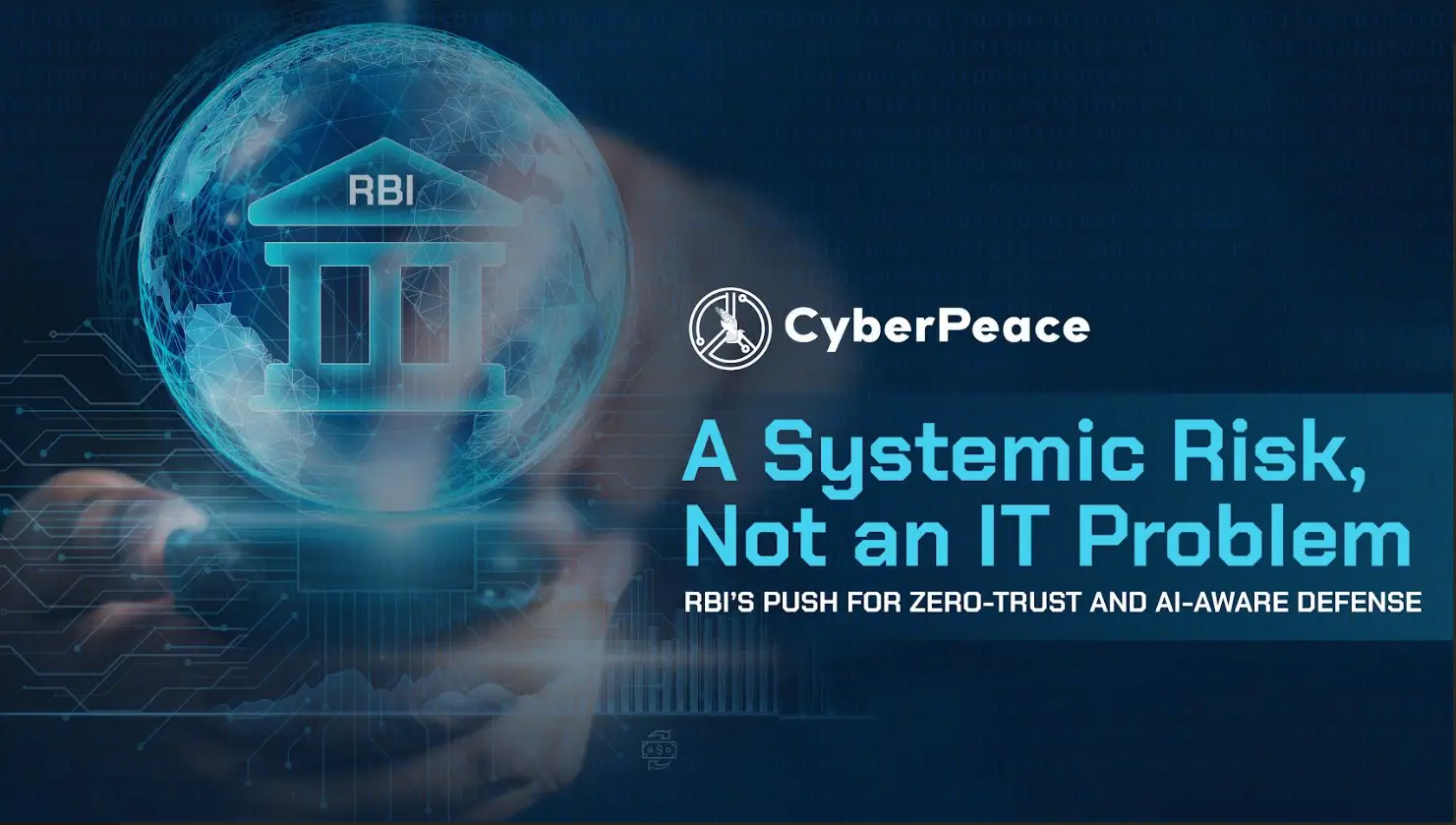#FactCheck: Fake Phishing link on Modi Government is giving ₹5,000 to all Indian citizens via UPI
Executive Summary:
A viral social media message claims that the Indian government is offering a ₹5,000 gift to citizens in celebration of Prime Minister Narendra Modi’s birthday. However, this claim is false. The message is part of a deceptive scam that tricks users into transferring money via UPI, rather than receiving any benefit. Fact-checkers have confirmed that this is a fraud using misleading graphics and fake links to lure people into authorizing payments to scammers.

Claim:
The post circulating widely on platforms such as WhatsApp and Facebook states that every Indian citizen is eligible to receive ₹5,000 as a gift from the current Union Government on the Prime Minister’s birthday. The message post includes visuals of PM Modi, BJP party symbols, and UPI app interfaces such as PhonePe or Google Pay, and urges users to click on the BJP Election Symbol [Lotus] or on the provided link to receive the gift directly into their bank account.


Fact Check:
Our research indicates that there is no official announcement or credible article supporting the claim that the government is offering ₹5,000 under the Pradhan Mantri Jan Dhan Yojana (PMJDY). This claim does not appear on any official government websites or verified scheme listings.

While the message was crafted to appear legitimate, it was in fact misleading. The intent was to deceive users into initiating a UPI payment rather than receiving one, thereby putting them at financial risk.
A screen popped up showing a request to pay ₹686 to an unfamiliar UPI ID. When the ‘Pay ₹686’ button was tapped, the app asked for the UPI PIN—clearly indicating that this would have authorised a payment straight from the user’s bank account to the scammer’s.

We advise the public to verify such claims through official sources before taking any action.
Our research indicated that the claim in the viral post is false and part of a fraudulent UPI money scam.

Clicking the link that went with the viral Facebook post, it took us to a website
https://wh1449479[.]ispot[.]cc/with a somewhat odd domain name of 'ispot.cc', which is certainly not a government-related or commonly known domain name. On the website, we observed images that featured a number of unauthorized visuals, including a Prime Minister Narendra Modi image, a Union Minister and BJP President J.P. Nadda image, the national symbol, the BJP symbol, and the Pradhan Mantri Jan Dhan Yojana logo. It looked like they were using these visuals intentionally to convince users that the website was legitimate.
Conclusion:
The assertion that the Indian government is handing out ₹5,000 to all citizens is totally false and should be reported as a scam. The message uses the trust related to government schemes, tricking users into sending money through UPI to criminals. They recommend that individuals do not click on links or respond to any such message about obtaining a government gift prior to verification. If you or a friend has fallen victim to this fraud, they are urged to report it immediately to your bank, and report it through the National Cyber Crime Reporting Portal (https://cybercrime.gov.in) or contact the cyber helpline at 1930. They also recommend always checking messages like this through their official government website first.
- Claim: The Modi Government is distributing ₹5,000 to citizens through UPI apps
- Claimed On: Social Media
- Fact Check: False and Misleading





